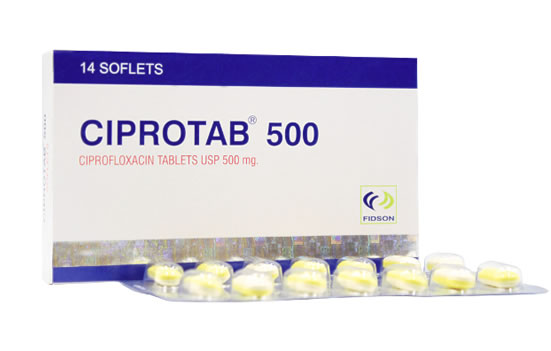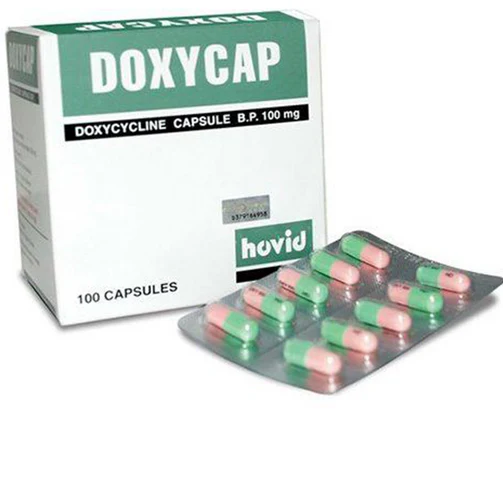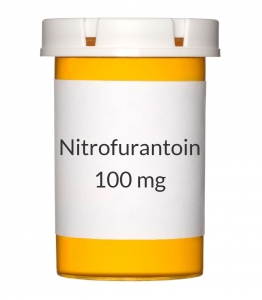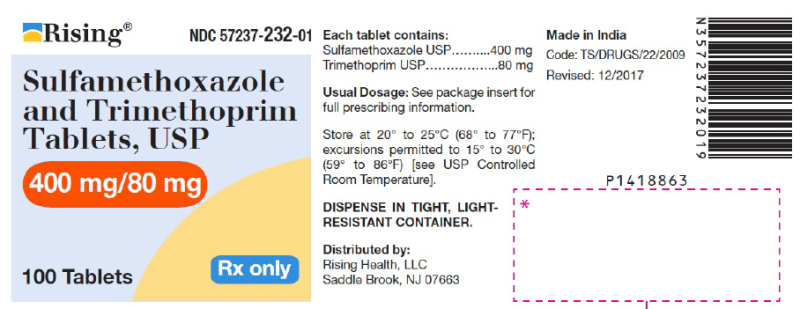UTI Treatment What Are the Best Antibiotics for a Urinary Tract Infection
Written by Prof. Sarai McKenzie MD | Reviewed by Uche Ruth
Updated on June 22, 2024
Key Takeaways:
- Antibiotics are the only medications that can cure a urinary tract infection (UTI).
- Antibiotics for UTIs aren’t available over the counter in the U.S. You need a prescription from your healthcare professional to get an antibiotic.
- Many different antibiotics can treat a UTI, but the best one for you depends on your medical history, the type of UTI, and if you have a history of previous UTIs.
Table of Contents
Overview
A urinary tract infection (UTI) causes several uncomfortable symptoms that require prompt relief. There are several antibiotics that can cure a UTI. You need a prescription from your healthcare professional for antibiotics, and you may be curious about your options. Here’s what you need to know about your antibiotic options for treating a UTI.
How do antibiotics treat a UTI?
Antibiotics treat a UTI by eliminating bacteria that cause the infection. Antibiotics for UTIs either kill the bacteria or stop it from growing. Bacteria are the most common cause of UTIs.
Other germs like fungi and viruses can also cause UTIs. These types of UTIs are uncommon and antibiotics won’t help in these situations.
6 antibiotics that can treat a UTI
Not all antibiotics can treat UTIs, but there are several options that work. Here’s a list of the most commonly used UTI antibiotics.
1. Trimethoprim/sulfamethoxazole (Bactrim, Septra)
Trimethoprim/sulfamethoxazole (Bactrim) is a combination medication containing two antibiotics: trimethoprim and sulfamethoxazole. It also goes by TMP/SMX. Together, this powerful combination blocks two important steps required for certain bacteria to make the proteins they need to survive.
TMP/SMX works well for UTI treatment in general. But, in some places, Bactrim isn’t as strong as it should be due to antibiotic resistance.
Dosage
You’ll need to take one double strength TMP/SMX tablet (160/800 mg) twice a day for 3 days to treat your UTI. Your healthcare professional may prescribe a lower dosage if you have medical conditions that affect your kidneys.
Side effects
The most common side effects of TMP/SMX are:
- Nausea
- Vomiting
- Rash
- Loss of appetite
- Hives
- Diarrhea
- Headache
- Dizziness
- Indigestion
More serious but very rare potential side effects include:
- Low blood cell counts
- Kidney failure
- High potassium levels
- Hepatitis, or inflammation of the liver
- Pancreatitis, or inflammation of the pancreas
- Dangerous skin conditions, such as Stevens-Johnson syndrome (SJS) and toxic epidermal necrolysis (TEN)
2. Nitrofurantoin (Macrobid, Macrodantin)
Nitrofurantoin is an antibiotic that specifically treats UTI in the bladder (cystitis). Nitrofurantoin accumulates in the bladder and keeps bacteria from making the DNA and proteins they need to survive.
Dosage
You’ll need to take 100 mg of nitrofurantoin twice a day for 5 days. Nitrofurantoin may not be right for you if you have a medical condition that affects your kidneys.
Side effects
The most common side effects of nitrofurantoin are:
- Loss of appetite
- Nausea
- Vomiting
- Gas
- Diarrhea
- Dizziness
- Headache
- Rash
- Hives
- Abdominal pain
- Itching
More serious potential side effects include:
- Jaundice, a liver condition that causes yellowing of the skin and eyes
- Hepatitis
- Low blood cell counts
- Pancreatitis
- Stevens-Johnson syndrome
3. Fosfomycin (Monurol)
Fosfomycin can treat UTIs caused by bacteria that can’t be treated with common antibiotics due to antibiotic resistance. It works by killing UTI-causing bacteria and also preventing bacteria from sticking to the lining of the urinary tract.
Dosage
You’ll only need one dose of fosfomycin to treat a UTI. The typical dose is 3 g. You may need a different dose if you have medical conditions that affect your kidney or liver.
Side effects
The most common side effects of fosfomycin are:
- Nausea
- Diarrhea
- Headache
- Dizziness
- Abdominal pain
- Runny nose
- Back pain
- Sore throat
- Inflammation of the vagina
More serious potential side effects include:
- Diarrhea caused by the bacteria Clostridium difficile (C. diff)
- Swelling and inflammation of the colon (toxic megacolon)
4. Amoxicillin/potassium clavulanate (Augmentin), cefdinir (Omnicef), or cephalexin (Keflex)
Amoxicillin/potassium clavulanate (Augmentin) is another combination medication that belongs to the penicillin class of antibiotics. Cefdinir (Omnicef) and cephalexin (Keflex) belong to a different class of antibiotics that’s closely related to penicillins.
All three antibiotics kill bacteria by destroying one of its most important components — the cell wall. Amoxicillin/potassium clavulanate isn’t always a first-choice option because of antibiotic resistance. But it can work for some people. Cefdinir and cephalexin are preferred antibiotics for treating children who have UTIs.
Dosage
The usual dosage of amoxicillin/clavulanate is 500 mg twice a day for 5 to 7 days. The usual dosage of cefdinir is a 300 mg tablet twice a day for 5 to 7 days. Cephalexin can be prescribed from 250 mg to 500 mg every 6 to 12 hours for 5 to 7 days.
Children may need longer treatment — up to 10 days.
Side effects
Common side effects of these medications include:
- Diarrhea
- Nausea
- Vomiting
- Rash
- Hives
- Itching
- Vaginal yeast infection
- Inflammation and swelling of the tongue
- Black, hairy tongue
In rare cases, all three have the potential to cause dangerous skin reactions:
- Stevens-Johnson syndrome
- Toxic epidermal necrolysis (TEN)
If you have a penicillin allergy, your healthcare professional won’t prescribe amoxicillin/clavulanate. You may still be able to take cefdinir or cephalexin. But there’s a small chance (less than 5%) that you may develop an allergy to these antibiotics if you’re allergic to penicillin. So keep an eye out for signs of a drug allergy like rash, upset stomach, cough, and trouble breathing.
5. Ciprofloxacin (Cipro) or levofloxacin (Levaquin)
Ciprofloxacin (Cipro) and levofloxacin (Levaquin) are antibiotics that keep bacteria from copying their DNA and multiplying. These types of antibiotics work slightly better than amoxicillin/potassium clavulanate, cefdinir, and cephalexin. But the risk of serious side effects is slightly higher. Healthcare professionals usually save these antibiotics for more complicated or severe types of UTIs.
Dosage
The usual dosage of levofloxacin is a 250 mg tablet twice a day for 3 days. The usual dose of ciprofloxacin is 250 mg to 500 mg every 12 to 24 hours for 5 to 7 days. Based on your kidney function, your healthcare professional may recommend changing how often you take ciprofloxacin and levofloxacin.
Side effects
Common side effects of these antibiotics include:
- Nausea
- Vomiting
- Diarrhea
- Abdominal pain
- Headache
- Indigestion
- Rash
- Dizziness
Ciprofloxacin and levofloxacin can cause serious, disabling side effects like:
- Tendon rupture
- Permanent effects on the nervous system
- Irregular heartbeats
6. Doxycycline
Doxycycline keeps bacteria from making the proteins they need to survive. Doxycycline doesn’t treat cystitis, but it can treat other types of UTIs, like urethritis caused by chlamydia.
Dosage
A typical course of doxycycline to treat urethritis is 100 mg (by mouth) twice a day for 7 days.
Side effects
Common side effects of doxycycline include:
- Stomach upset
- Nausea
- Vomiting
- Loss of appetite
- Sunburn
- Diarrhea
Serious but uncommon side effects from doxycycline include:
- Diarrhea related to C. diff
- Pseudotumor cerebri, or high pressure in the brain
What are potential side effects of antibiotics for UTIs?
In addition to the notable side effects we’ve already covered, there are a few more potential antibiotic side effects you’ll want to know about.
Most antibiotics can cause some degree of stomach upset like nausea, vomiting, and/or diarrhea. If you have severe diarrhea or diarrhea that lasts for 2 or more days, let your healthcare professional know. Diarrhea is a common side effect while taking antibiotics and just after finishing them. But, in some cases, diarrhea from antibiotics can be a sign of a more serious infection caused by C. diff bacteria.
Some people are also sensitive to antibiotics, which could result in a minor reaction like a rash or a more serious reaction like anaphylaxis. If you notice difficulty breathing or major skin changes after taking an antibiotic, get medical help right away.
Symptoms
Can UTI symptoms linger after you take antibiotics?
UTI symptoms usually improve within 1 to 3 days of starting antibiotics. Talk with your healthcare professional if your symptoms aren’t getting better quickly, especially if you notice that UTI symptoms are still hanging around after you finish your antibiotics.
Your healthcare professional will want to make sure the antibiotics actually worked against your UTI. To do this, they may take another sample of your urine to see if there’s still bacteria. If the infection is cured, you’ll want to be sure there isn’t a different issue that’s causing similar symptoms.
Treatment
How long do you need to take antibiotics to treat a UTI?
How long you take antibiotics for a UTI depends on how severe your UTI is and which antibiotic you’re prescribed. Some medications, like fosfomycin, require only one dose. But a more severe UTI might require treatment of 14 days or more. Most UTIs require 3 to 7 days of treatment.
Within the first 1 to 2 days of starting your antibiotics, you’ll likely notice your UTI symptoms begin to fade away. If your UTI is more severe or you’ve had symptoms for a while before starting antibiotics, it might take a few more days to notice improvement.
In any case, it’s important to take all the antibiotics you’re prescribed, even if you start feeling better before finishing them. Stopping antibiotics early can lead to antibiotic resistance. This means the medication might not work as well as it should if you need it to treat an infection in the future. It can also mean your UTI might come back if you haven’t treated it completely.
Do you really need to take antibiotics for a UTI?
Most people need to take antibiotics for a UTI. While it’s possible for a UTI to go away on its own, this doesn’t usually happen. Untreated UTIs can lead to more serious infections like pyelonephritis or even blood infections and life-threatening sepsis.
A few things put you at higher risk for developing a serious infection, including pregnancy, underlying health conditions, and being 65 years and older. So don’t wait to see if your symptoms improve — get help from a healthcare professional right away.
Are there over-the-counter antibiotics for UTI treatment?
If you have a UTI and notice symptoms, you’ll want to get rid of it as soon as possible. And since all antibiotics require a prescription, you may wonder whether a quick trip to your local pharmacy for an over-the-counter (OTC) treatment might be worthwhile.
There are no antibiotics available over the counter in the U.S., but there are OTC medications that can make you more comfortable while you wait for antibiotics to kick in.
OTC medications for UTIs in pharmacy aisles, like AZO and Uristat, aren’t antibiotics. They don’t actually treat the bacteria — the underlying cause of a UTI. But they may relieve symptoms like burning and pain.
When should you talk with your healthcare professional about a UTI?
Talk with your healthcare professional as soon as you notice UTI symptoms, such as:
- Pain with urination
- Burning with urination
- Blood in your urine
- Feeling like you have to go to the bathroom more often
- Feeling like you can’t completely empty your bladder
The sooner you get diagnosed with a UTI, the sooner you can start treatment. Starting treatment early lessens your risk of developing problems like kidney infections (pyelonephritis) or serious infections (sepsis). Early treatment also helps you feel better faster.
If you notice symptoms after regular office hours, call your healthcare professional’s after-hours helpline. Most people can wait 24 hours to start antibiotic treatment. But people with kidney conditions, a weakened immune system and those who are pregnant shouldn’t wait. Your healthcare professional can help you figure out if you need to be seen at an urgent care center or emergency room, or if you can wait to see your healthcare professional during regular office hours.
Medications & Collections
These drugs are vital for controlling and improving the health of individuals with this condition. They include both preventive and symptomatic treatments.

Ciprotab 500mg x14
₦4,750

Doxycap 100mg
₦1,100

Nitrofurantoi 100mg
₦15,400

Nitrofurantoin 50mg
₦10,200

Tavanic 500mg
₦24,300

Primpex-DS-960mg
₦1,300

Sulfamethoxazole Trimethoprim...
₦1,500

Sulfamethoxazole Trimethoprim...
₦2,500
